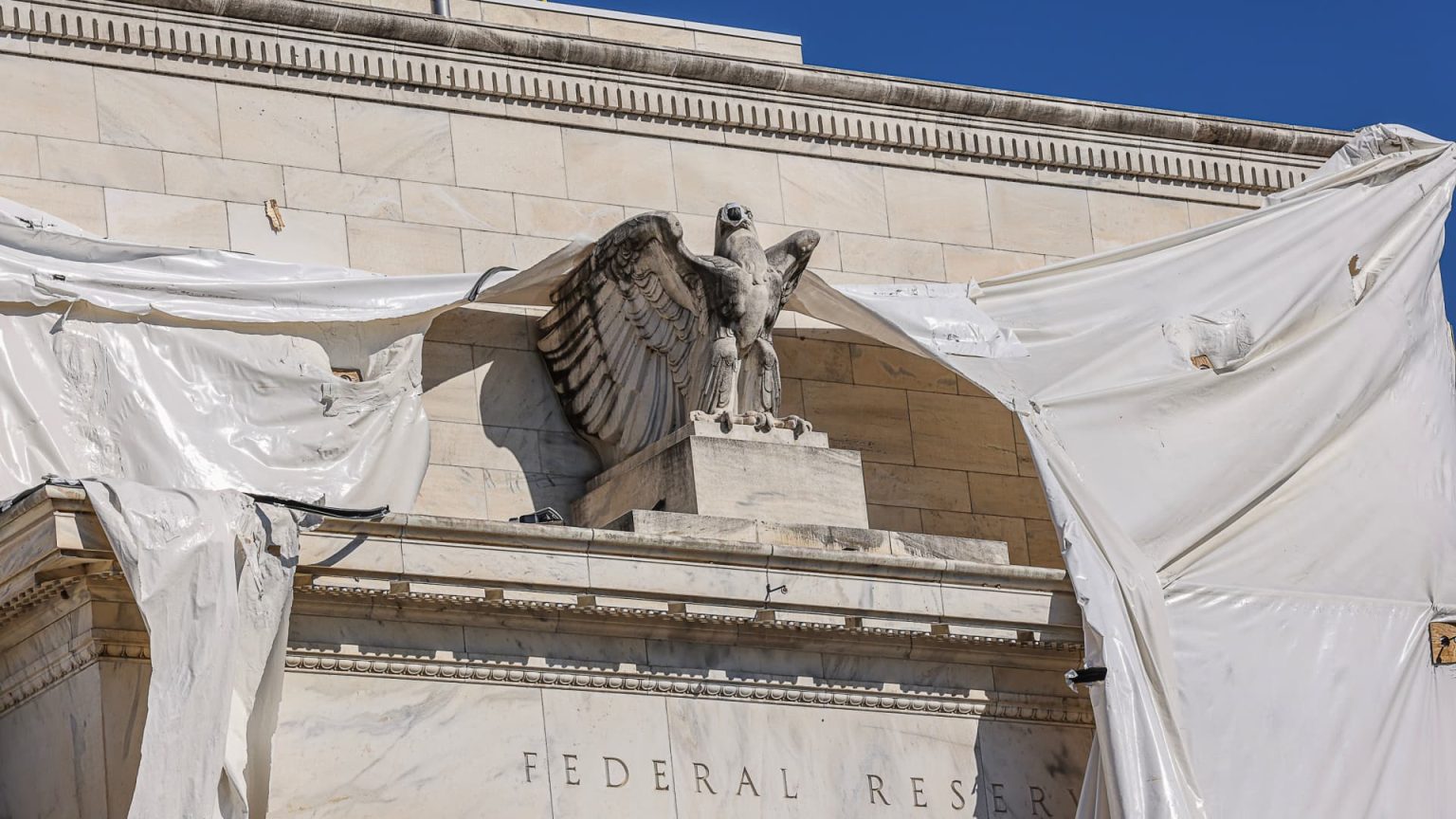Federal Reserve officials are struggling to understand the current inflation picture in the United States, with many expressing uncertainty about the situation. Julian Howard, lead investment director at GAM, believes that policymakers have “no idea” about what is happening with inflation. Despite expectations for interest rate cuts, the Fed has been cautious due to inflation levels remaining higher than anticipated. Some officials, such as Fed Governor Christopher Waller, have stated that they need more evidence of softening inflation before supporting rate cuts.
Other Fed officials, like Boston Fed President Susan Collins, have also emphasized the need for patience and more data before making decisions on monetary policy. However, Howard believes that Fed officials have not effectively communicated their expectations or addressed why inflation remains elevated. He points out a lack of credibility in their predictions, noting that while inflation initially spiked, it has not come down as expected. Data from earlier this month showed the U.S. consumer price index at 3.4% for April, slightly lower than March but above the Fed’s 2% target.
Howard suggests that the stock market has been relatively unfazed by high inflation levels, attributing this to changes in mega-cap companies’ behavior. These companies, with high cash levels, can invest in low-risk assets like short-term Treasury bills. This allows them to weather changing interest rates, as their revenue is positively affected by rate decreases but still remains stable if rates do not decline as expected. Howard notes that stock markets have adjusted their expectations for interest rate cuts accordingly, now pricing in fewer cuts than previously anticipated.
Despite the challenges surrounding inflation, the Fed has not provided a clear narrative or explanation for the persistently elevated levels. Howard believes that policymakers initially underestimated inflation and are now struggling to understand why it has not come down more significantly. This lack of clarity from the Fed has contributed to confusion in the markets and uncertainty among investors. Howard highlights the difficulty of predicting inflation accurately, noting that it is a complex economic factor that is challenging to forecast with precision.
Overall, the current situation with inflation in the U.S. remains uncertain, with conflicting messages from Fed officials and a lack of clear guidance on future monetary policy decisions. Inflation levels have remained higher than expected, causing policymakers to pause on interest rate cuts. The stock market has adjusted to these conditions, with mega-cap companies using their cash reserves to navigate changing interest rates. However, the overall lack of understanding about inflation and its trajectory poses a significant challenge for both the Fed and investors moving forward.


